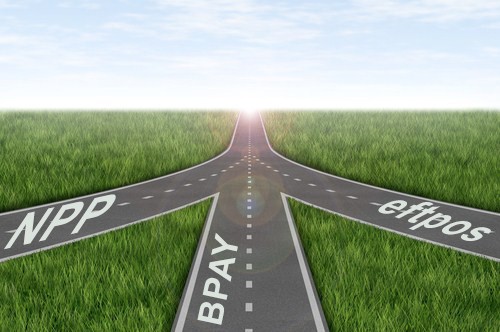Is Australia Ready for a Single National Payments Platform?
24th November 2020
“You cannot resist an idea whose time has come.”
― Victor Hugo
Australia’s three payments infrastructure providers have kicked off a process this year to merge into a single platform.
These three entities – eftpos, Bpay, and NPP Australia – have been formed, in that order, starting in the early 1980s in response to different stages of the payments technology revolution. Eftpos (a contraction of the self-explanatory ‘electronic funds transfer at point of sale’) emerged in the US in 1981, with the Australian platform adopting the abbreviation as its brand name shortly thereafter. Bpay was created in 1997 as an electronic bill payment system for payments by phone, and soon also allowed bill payments over the Internet via online banking sites. NPP (New Payments Platform) is, as its website states, ‘the result of unprecedented industry collaboration in response to a review of the payments system by the RBA’s Payments System Board in 2012. This review identified opportunities – principally the capability to make payments in real-time.’

The argument to form just one national payments platform has been logically straightforward for some time. All three current providers have Australia’s big banks as shareholders, but each entity still has its separate board, with their strategies often colliding. Besides resulting in unnecessary confusion, this situation also hinders the evolution of the nation’s banking and payments system in response to fast-changing technology. But the most significant recent driver is the rise of international payments companies, especially Google, Apple, and the Chinese giants AliPay and WeChat Pay, in addition to an assortment of other firms propelling the growth of more innovative Payments as a Service (PaaS) technology. (In fact, in a strong indication of the ambitions of Google in this area, the search engine giant just 5 days ago unveiled plans to offer credit to millions of merchants in India, one of Asia’s biggest economies, through its Google Pay app.) The RBA also brought up the issue of a merger in its recent review of payment regulation.
Australia is hardly the first developed economy to move towards a national payments platform. The UK’s Payment Systems Regulator (PSR), as well as the Monetary Authority of Singapore (MAS), guided positive examples for much of the rest of the world in 2017. The successful convergence of different and competing payments providers in the UK and Singapore eases any serious concerns in newer potential adopters such as Australia.
The NPP is leading the discussion stage of the process, with participants including the other two payments providers as well as major banks, and the grocery giants Coles and Woolworths. For the latter, an important consideration is the changing payments trends forced by the coronavirus pandemic.
However, as the consolidation talks get underway, it should be noted that senior executives at eftpos have voiced some concerns that may be interpreted as cautious dissent. The daunting task of wrestling with complex legacy systems as part of any change would also weigh heavily on the minds of tech executives at the three organisations. So, the merger is by no means a done thing within a few months. Less painful alternatives are sure to be explored in the talks.
We have a wait of around nine months ahead before we see the fruits of the committee’s discussions.
At Finpacific, we keenly track banking and finance trends that can impact our customers. Our passion for anticipating and managing risk is what accounts for our customers’ satisfaction with our cutting-edge treasury management solution, MyTreasur-e.

